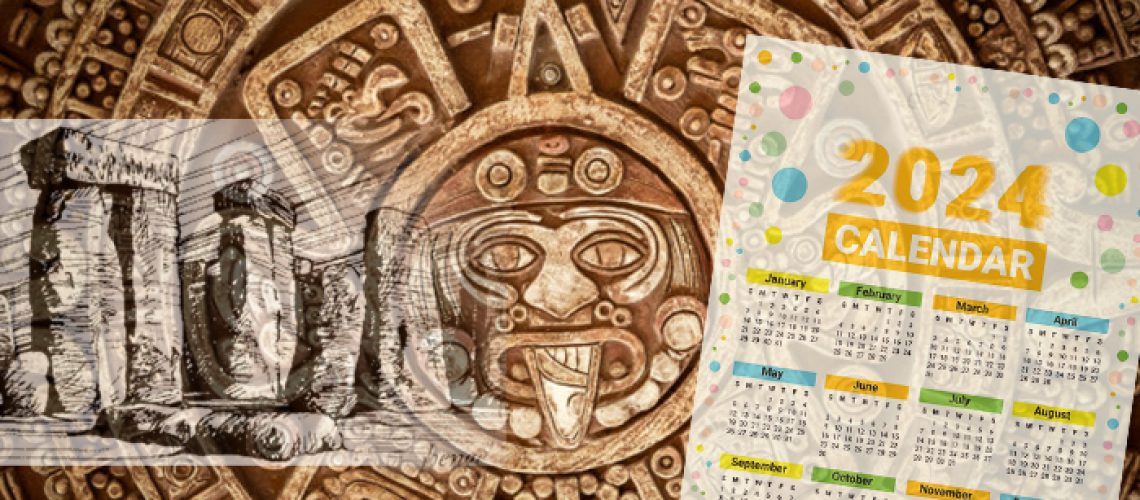While humans are wonderful artists, creating beauty and bringing intrigue to the world, we are not always the best mathematicians. As such, we know the Earth takes roughly 365.2421 days to revolve around the sun yet not a single calendar has accurately been able to represent the fullness length of one true “year”. So, every so often we have a “Leap Year” which gives us an additional day on the calendar to make up for lost time. 2024 is one of those years.
Most ancient calendars, like the Mayan’s, Egyptian’s, and Babylonians, were created as civilization stopped being nomads and settled into agriculture based, static life. In order to track the seasons, the best time to plant and harvest crops, and when to expect certain weather patterns, ancient people would track lunar and solar cycles to scarily accurate precision for the time.
The Sumerians were the first to break the year into 12 roughly even months based on the lunar cycle length, 29.5 days but it was the Romans who restructured things to accommodate for the extra day we’d every so often receive. Julius Ceasar, credited for naming the months and days of the week (ever heard of July?) made his calendar start in March and end in February, so the shortest month would be the last one.
In the 1500’s Pope Gregory XIII ordered a more accurate version be created to align with the summer and winter solstices, putting January as the first month and December as the last. This moved short-ended February to a secondary slot. His leap year suggestion of having an extra day every 100 years not divisible by 400, was far more accurate and would in theory only be off of the Earth’s true orbit by 26 seconds a year versus Ceasar’s 11 minutes. We now use a mix of the two, with January still being the first month but having leap year every 4 years.
RESOURCE 1
RESOURCE 2
RESOURCE 3
RESOURCE 4
Share this post
Share on facebook
Share on twitter
Share on linkedin
Share on pinterest
Share on print
Share on email

